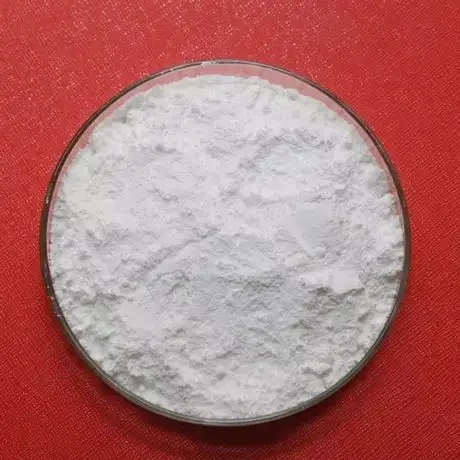
Nov . 23, 2024 10:36 Back to list
tio2 in food
The Role of Titanium Dioxide in Food A Closer Look
Titanium dioxide (TiO2) is a compound that has garnered attention in various industries, including food production. It is widely recognized for its ability to enhance the appearance of products, serving as a pigment that provides whiteness and opacity. This article explores the uses, benefits, and concerns associated with titanium dioxide in the food sector.
Uses in Food Products
Titanium dioxide is commonly used as a food additive, denoted by the E number E171. It is primarily employed in confectionery, dairy products, bakery items, and sauces. Its white color makes it particularly appealing for products that require a brighter and more appealing appearance. For instance, it can be found in icing, powdered sugar, and creamy sauces, where it improves not only the aesthetics but also the consistency of the products.
Another significant role of titanium dioxide is its ability to act as a UV filter in food packaging. It helps protect products from sunlight damage, thereby extending their shelf life. This quality makes it valuable for both manufacturers and consumers, as it promotes food safety and quality.
Benefits of Titanium Dioxide
One of the key benefits of using titanium dioxide in food is its stability. Unlike some other food colorings and additives, TiO2 remains effective under various conditions, such as temperature changes and exposure to light. This stability makes it a reliable choice for manufacturers looking to maintain product quality over time.
tio2 in food

Additionally, titanium dioxide is generally recognized as safe (GRAS) by several food safety authorities when used within regulated limits. Its low toxicity profile and inert nature contribute to its acceptance as a food additive in many countries.
Concerns and Regulatory Scrutiny
Despite its benefits, the use of titanium dioxide in food has not been without controversy. Recent studies have raised concerns about potential health risks, particularly regarding its nanoform. Some research indicates that ingesting titanium dioxide nanoparticles might cause inflammatory responses or other health issues in the gastrointestinal tract. These findings have prompted regulatory agencies in some regions to reevaluate the safety of TiO2 as a food additive.
In 2021, the European Food Safety Authority (EFSA) announced a reassessment of titanium dioxide, expressing uncertainties about its possible genotoxicity. As a result, several European countries have moved toward banning its use in food products, prompting producers to seek alternatives.
Conclusion
Titanium dioxide plays an important role in the food industry, where it enhances product appearance and shelf life. While it has been widely used for its desirable properties, emerging research and regulatory scrutiny are pushing for a re-examination of its safety profile. As consumers become more health-conscious and informed, it is essential for the food industry to adapt and ensure that the products they offer are not only visually appealing but also safe for consumption. The ongoing dialogue surrounding titanium dioxide in food highlights the complex relationship between food additives and public health, paving the way for future innovations and regulations in food safety.
-
Premium 6618 Titanium Dioxide for GPT-4 Turbo Applications
NewsJul.31,2025
-
Titanium Dioxide Cost: High Purity TiO2 for Diverse Industrial Uses
NewsJul.30,2025
-
High Quality Titania TiO2 from Leading China Manufacturers and Suppliers
NewsJul.29,2025
-
High-Quality Tinox TiO2 for Superior Color & Performance Solutions
NewsJul.29,2025
-
High Quality Titania TiO2 from Leading China Supplier & Manufacturer
NewsJul.29,2025
-
High-Performance r6618 TiO2 for Superior Whitening and Versatility
NewsJul.28,2025
